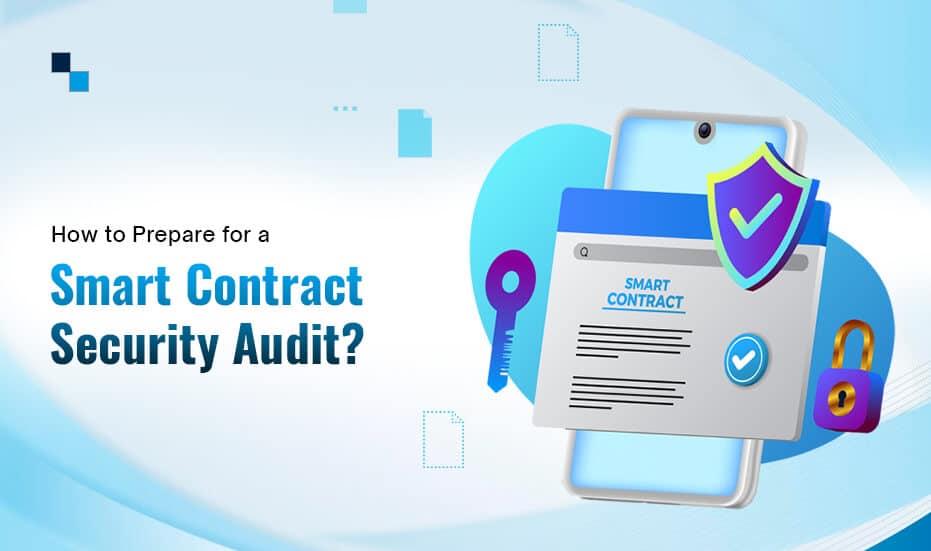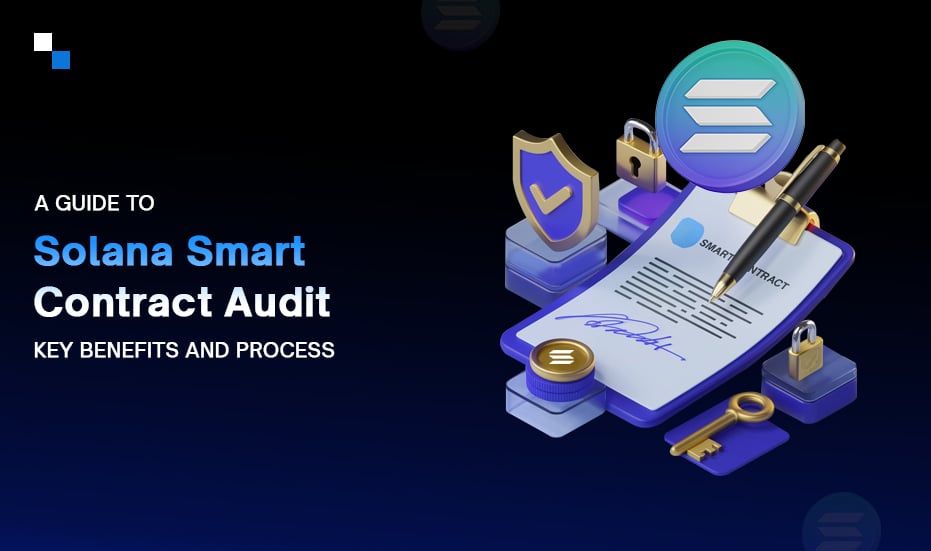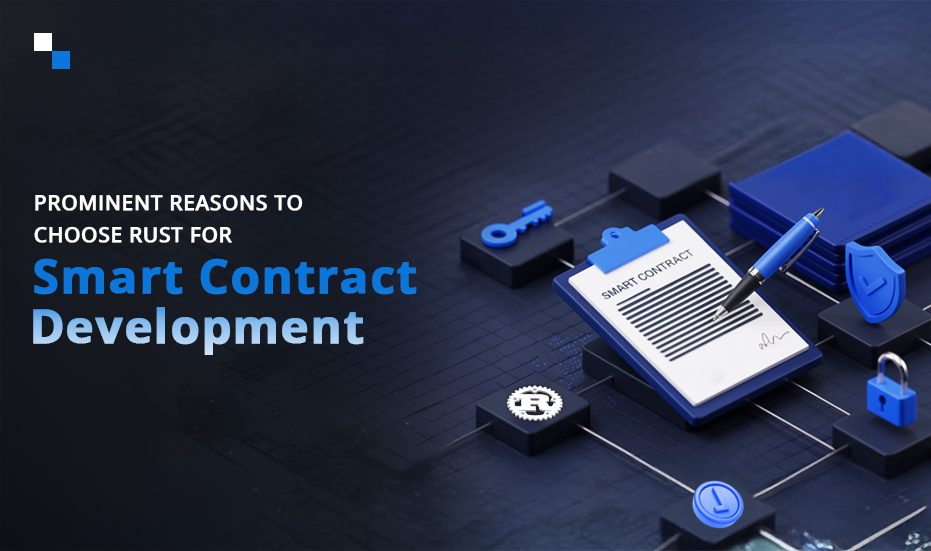
Polygon NFT Game Development: The Future of Gaming is Here
June 29, 2023
Real Estate Tokenization: How It’s Changing the Game
June 30, 2023Performing a smart contract security audit offers numerous benefits that can significantly enhance the reliability, integrity, and trustworthiness of your Blockchain-based applications. By subjecting your smart contracts to a thorough security assessment, you can mitigate potential risks and vulnerabilities, ensuring a robust and secure environment for your users and stakeholders.
The insights gained from the assessment can help you refine your development practices, strengthen your coding standards, and establish robust security protocols for future smart contract deployments. An audit provides assurance to users and investors that your smart contracts have undergone rigorous scrutiny and adhere to industry best practices. This transparency and accountability can build trust and confidence, attracting more users to your platform and promoting wider adoption.
Preparing for a smart contract security audit is crucial for organizations to ensure their systems, processes, and data are adequately protected. While many organizations have already implemented audit practices in their organization, some of them may find it difficult to prepare for a smart contract security audit.
Step-by-Step Process to Smart Contract Security Audit preparation
Here are some steps you can follow to prepare for a smart contract security audit:
1. Outline Your Audit Scope
- Gain a clear understanding of the scope and objectives of the smart contract security audit.
- Carefully review any audit guidelines or requirements provided by the auditors.
- Identify the areas of focus and align your preparations accordingly.
2. Identify a Set of Applicable Regulations and Standards
- Determine the relevant regulations, standards, and frameworks that apply to your organization’s industry and operations.
- Common examples include the General Data Protection Regulation (GDPR), Payment Card Industry Data Security Standard (PCI DSS), ISO 27001, and NIST Cybersecurity Framework.
- Make sure to review these requirements to ensure compliance.
3. Assess Current Security Controls and Develop Policies and Procedures accordingly
- Conduct a comprehensive assessment of your existing security controls and measures.
- Identify any vulnerabilities, gaps, or non-compliance areas.
- Perform internal audits, vulnerability assessments, penetration testing, or engage external security consultants.
- Establish robust security policies, procedures, and guidelines that align with industry best practices and regulatory requirements.
- Ensure these documents are up to date, cover all relevant areas, and are communicated effectively to all employees.
4. Implement Security Awareness Training
- Educate employees about security best practices and their role in maintaining a secure environment.
- Conduct regular security awareness training sessions to ensure everyone understands their responsibilities.
5. Document Security Controls
- Prepare documentation that outlines your security controls, processes, and their implementation.
- Include network diagrams, asset inventories, incident response plans, disaster recovery plans, and access control mechanisms.
- Make sure these documents are easily accessible and well-organized.
6. Conduct Internal Audits and Review Incident Response Plans
- Perform regular internal audits to evaluate the effectiveness of your security controls.
- Identify and address any issues or weaknesses proactively to reduce the likelihood of surprises during the external audit.
- Ensure you have a well-defined incident response plan in place to handle security incidents effectively.
- Regularly review and test your plan to ensure it is up to date and capable of addressing various types of security incidents.
7. Perform Risk Assessments
- Conduct thorough risk assessments to identify potential threats and vulnerabilities to your systems and data.
- Evaluate the impact and likelihood of each risk and prioritize them based on the level of risk they pose to your organization.
8. Conduct a Mock Audit
- Implement appropriate mitigation measures to reduce identified risks.
- Perform a mock audit to simulate the real audit experience.
- Identify any shortcomings in your preparations and address them before the actual audit.
9. Communicate with Stakeholders
- Keep key stakeholders, including management, IT teams, and relevant departments, informed about the upcoming audit.
- Ensure they are aware of their roles and responsibilities during the audit process.
10. Continuous Improvement
- Security is an ongoing process, so continuously monitor and improve your security controls and practices.
- Regularly review and update your security measures to adapt to new threats and regulatory changes.
Conclusion
The steps listed above will help you enhance your organization’s readiness for a security audit and improve the overall security posture of your systems and data. A smart contract security audit helps identify coding errors and vulnerabilities that may expose your contracts to potential exploits and attacks. By conducting a comprehensive review, you can proactively address these issues and implement necessary fixes to prevent security breaches and financial losses.
By investing in proactive security measures, you can safeguard your organization’s reputation, protect user interests, and foster a secure and trustworthy ecosystem for all stakeholders involved. Antier is a smart contract auditing services provider that can help you prepare for a security audit and provides the best services at the most affordable smart contract audit cost. The company has successfully audited a plethora of Blockchain projects since its inception.
Contact us to get your Blockchain application audited at the best smart contract audit cost today!



